18 Cultural Shifts From The ’60s That Changed America Forever
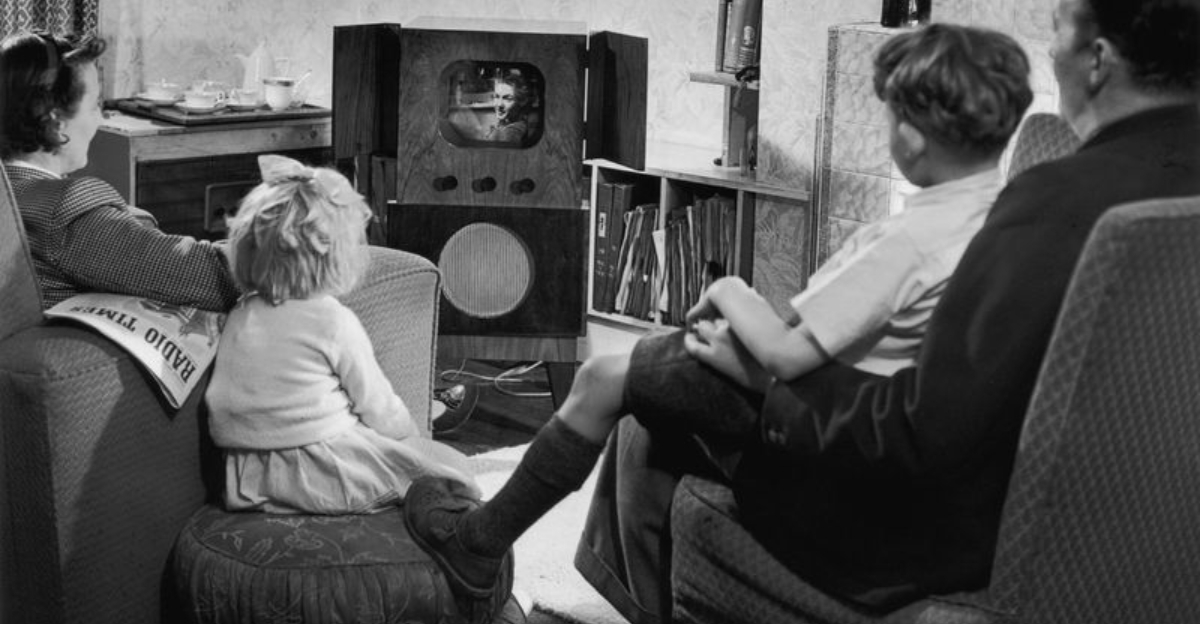
Ah, the groovy ‘60s—an era of tie-dye dreams, rebellious rock ‘n’ roll, and cultural revolutions that reshaped America in ways no one saw coming.
It was a time when protests filled the streets, psychedelic music filled the air, and the space race had everyone looking up, wondering if we’d all be living on the moon by the year 2000. The civil rights movement was in full swing, challenging the status quo and demanding justice, while second-wave feminism began making waves that would ripple for decades.
Meanwhile, the golden arches of fast food popped up like mushrooms, fueling the fast-paced world of convenience culture.
Televisions were beaming everything from the moon landing to The Beatles’ first U.S. appearance, making pop culture more influential than ever. From the rise of counterculture to the birth of modern consumerism, these 18 game-changing moments weren’t just blips on the radar—they were the beats to which America danced its way into the future.
So, grab your bell-bottoms and get ready for a far-out journey through the radical shifts that made the ‘60s one of the most unforgettable decades in history!
1. The Rise of the Civil Rights Movement
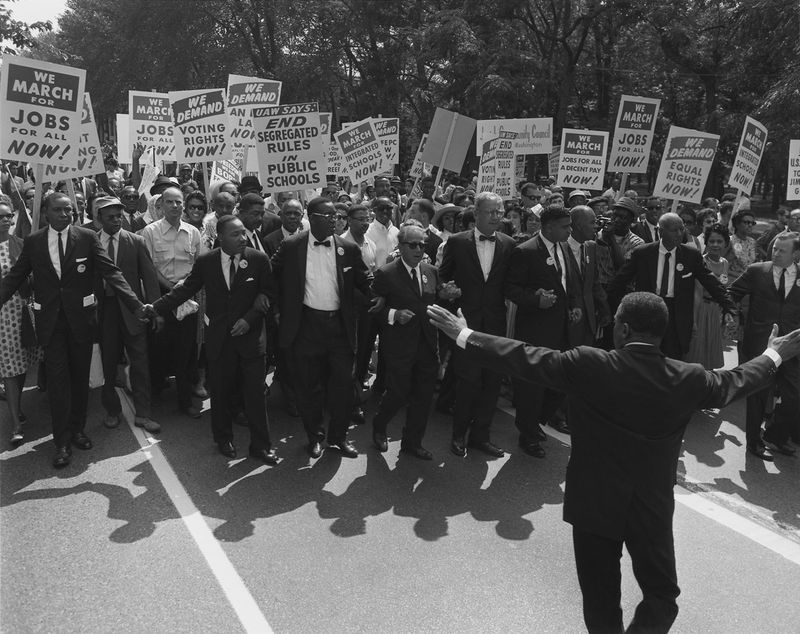
The ’60s saw the fight for racial equality reach new heights. Martin Luther King Jr.’s “I Have a Dream” speech, the Civil Rights Act of 1964, and the Voting Rights Act of 1965 were all milestones that changed the country forever.
The era was marked by incredible courage and determination as individuals stood up against systemic racism. With protest marches and sit-ins, this movement reshaped America’s legal and social frameworks.
Today, its legacy lives on, reminding us of the power of unity and peaceful protest in the quest for equality.
2. The Counterculture and Hippie Movement
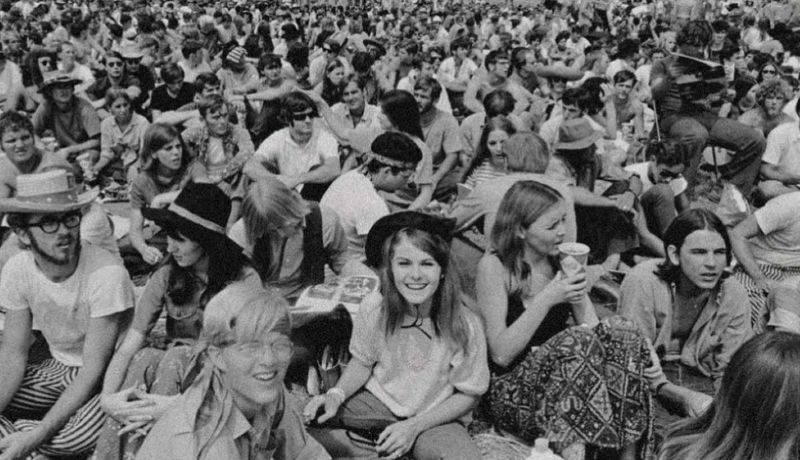
Peace, love, and rock ’n’ roll. The hippie movement rejected traditional values, embraced free love, protested the Vietnam War, and made tie-dye and bell-bottoms mainstream.
This vibrant counterculture was about questioning authority and living in harmony with nature. It was a time of music festivals, from Woodstock to Monterey, where freedom of expression reigned supreme.
While the flower power faded, its impact on fashion, music, and social attitudes continues to bloom, leaving behind a garden of peace and love ideals.
3. The Space Race and Moon Landing
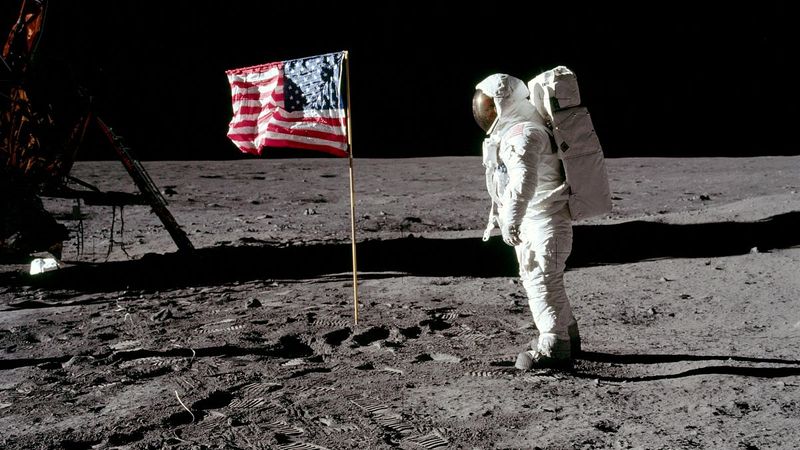
In 1969, Neil Armstrong took “one small step for man, one giant leap for mankind.”
The space race against the Soviet Union not only fueled national pride but also advanced technology that still benefits us today.
With each rocket launch, hope soared, and the impossible seemed within reach. As we gazed at the moon, the universe seemed just a little bit smaller. The race to the stars inspired generations to look beyond Earth’s confines, dreaming of infinite possibilities and the next frontier.
4. The Birth of Feminism’s Second Wave
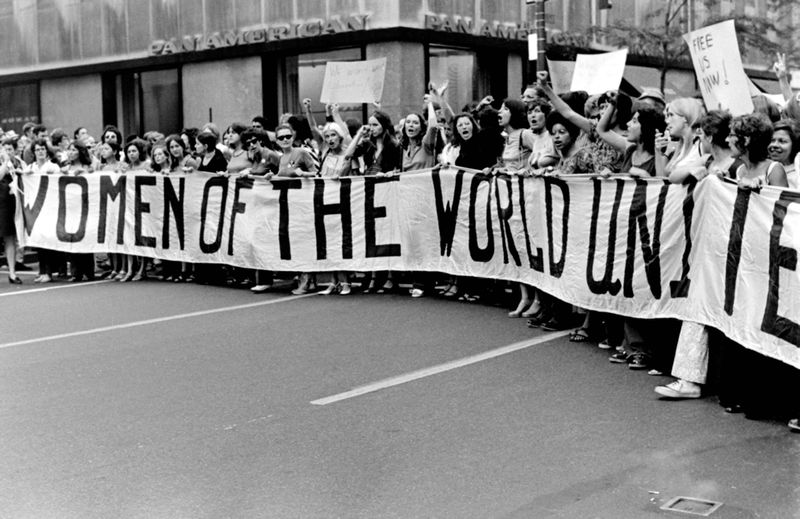
Women in the ’60s weren’t just housewives anymore.
Books like The Feminine Mystique by Betty Friedan sparked a movement that fought for equal pay, reproductive rights, and workplace opportunities. This wave of feminism challenged the status quo, pushing boundaries and opening doors that had long been closed.
Women united to demand their voices be heard, leading to significant changes in legislation and societal norms. The echoes of their battle still resonate, inspiring ongoing struggles for gender equality and empowerment.
5. Rock and Roll Takes Over
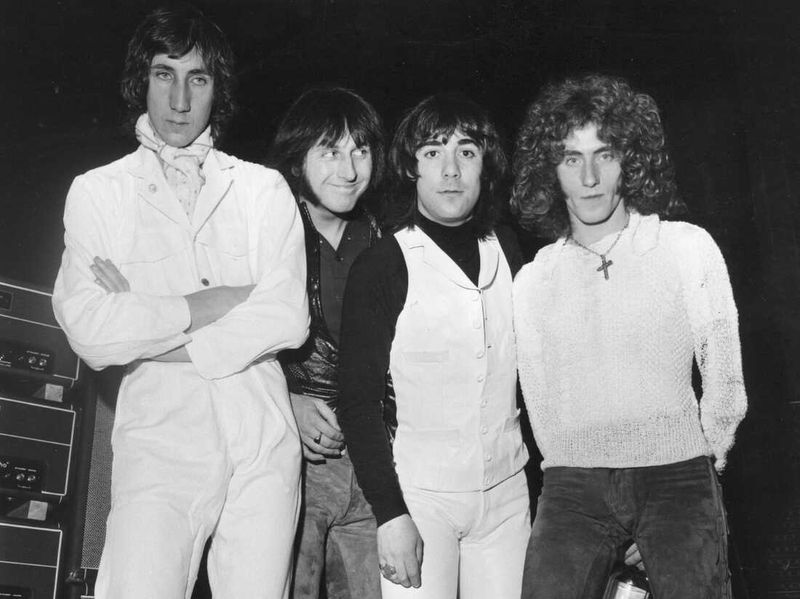
The Beatles arrived in America in 1964, and music was never the same.
Along with The Rolling Stones, Jimi Hendrix, and The Doors, rock music became a defining cultural force. It was a symphony of rebellion, a loudspeaker for youth and their growing discontent. Each guitar riff and drum solo echoed the desire for change and freedom.
Rock ‘n’ roll didn’t just invade the airwaves; it took over hearts and minds, creating a soundtrack for a generation hungry for something different.
6. The Anti-War Movement
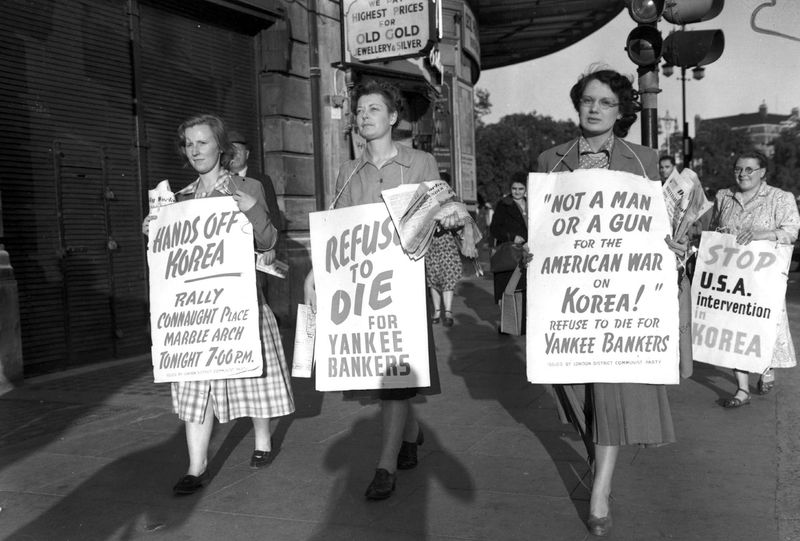
As the Vietnam War raged on, protests erupted across the country.
College campuses, music festivals, and even political rallies became battlegrounds for young Americans demanding peace. The anti-war movement was a chorus of voices shouting ‘make love, not war’ as they sought to end a conflict that seemed endless.
This movement not only influenced public opinion and policy but also demonstrated the power of collective action and civil disobedience. Lessons from these protests continue to inspire modern movements for peace.
7. The Sexual Revolution
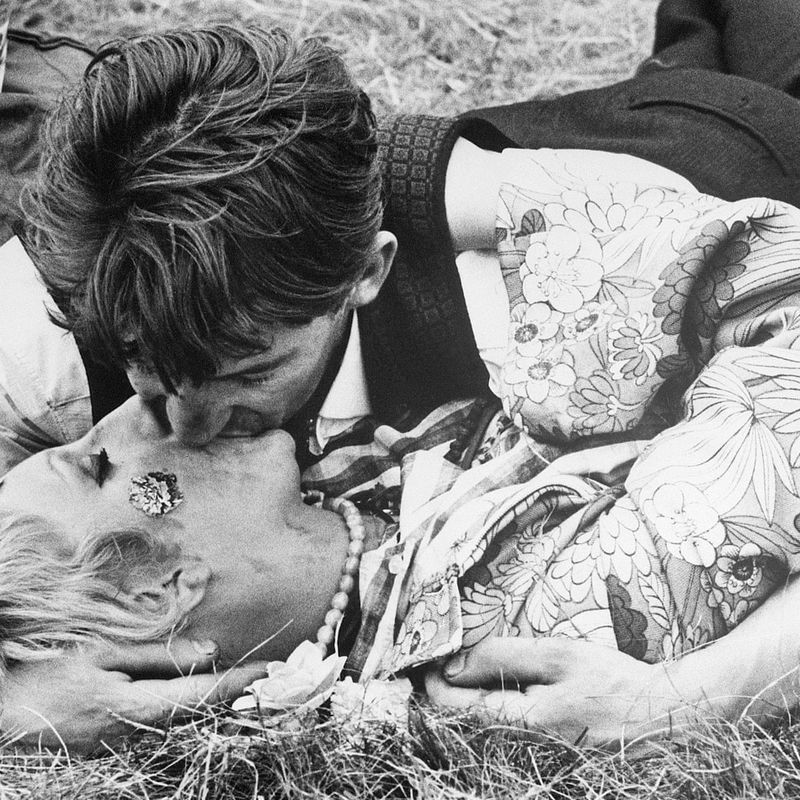
Thanks to the birth control pill and shifting attitudes, the ’60s challenged traditional views on relationships, marriage, and sexuality.
The idea of “free love” spread, reshaping social norms for generations. People began to explore new ways of expressing love and desire, breaking away from conventional expectations.
This era unlocked doors to sexual freedom and exploration, paving the way for future discussions on gender, identity, and relationships. Its ripples are still felt today, as society continues to navigate these complex waters.
8. Television Becomes a Household Staple
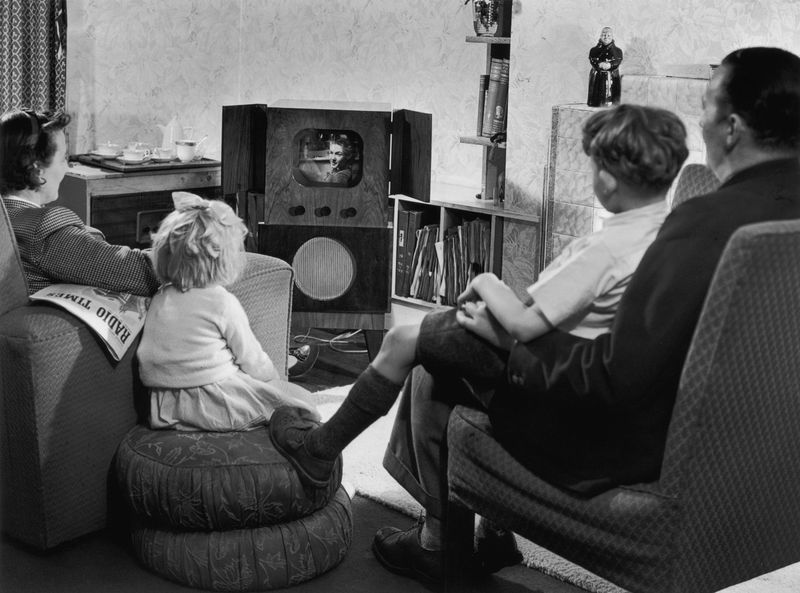
By the ’60s, TVs were in almost every American home. Iconic shows like The Twilight Zone, Star Trek, and I Love Lucy entertained millions and created a new way for people to experience the world.
Television became a window to the universe, offering glimpses of distant places and different lives. As families gathered around the screen, it became a unifying force, shaping opinions and sparking conversations.
Even as technology evolves, the legacy of ’60s television endures, highlighting its role in our daily lives.
9. The Rise of Fast Food
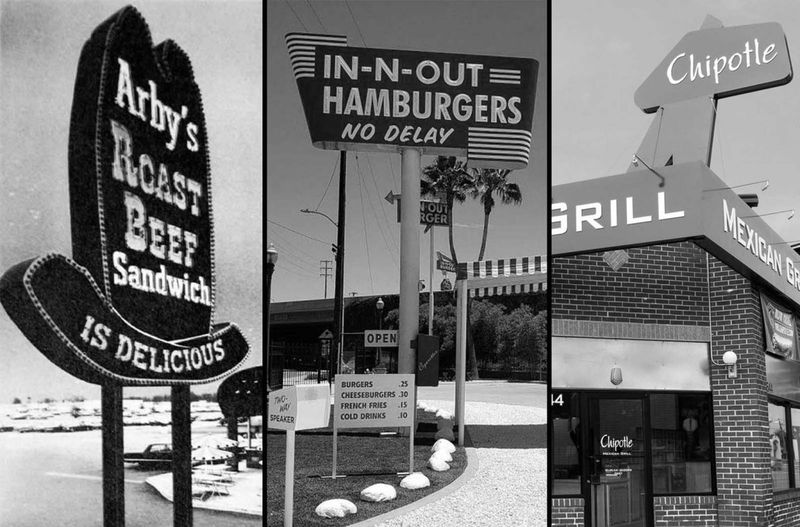
The ’60s saw the explosion of fast food, with McDonald’s and other chains popping up across the country.
Drive-thru culture took off, and the convenience of grabbing a burger and fries changed American eating habits forever. Fast food became synonymous with speed and affordability, appealing to busy families and individuals.
This culinary revolution reshaped the landscape of dining, giving rise to a new kind of American cuisine that’s as enduring as it is iconic. Despite its critics, fast food’s influence is undeniable.
10. The Environmental Movement Begins
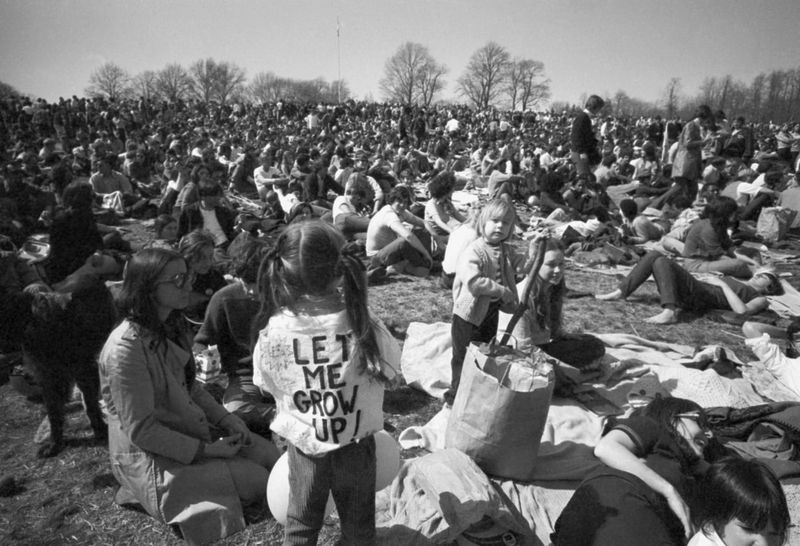
Rachel Carson’s book Silent Spring warned about pollution and pesticides, sparking a new awareness of environmental issues.
By the end of the decade, Earth Day was on the horizon. This movement highlighted the fragile relationship between humans and nature, urging society to reconsider its impact on the planet.
It was a call to action that resonated worldwide, planting seeds for environmental advocacy and sustainability. The movement’s roots continue to grow, reminding us of our responsibility to protect the Earth for future generations.
11. Psychedelic Culture and Experimentation

The ’60s were full of mind-expanding experiences, thanks to LSD, marijuana, and other psychedelics.
Figures like Timothy Leary encouraged people to “turn on, tune in, drop out,” influencing everything from art to music to philosophy. This era was a kaleidoscope of colors and consciousness, challenging perceptions and inspiring new forms of expression.
Psychedelic culture blurred the lines of reality, opening doors to new ways of thinking and being. Its vibrant legacy continues to inspire creativity and exploration in today’s world.
12. The Assassinations That Shook the Nation
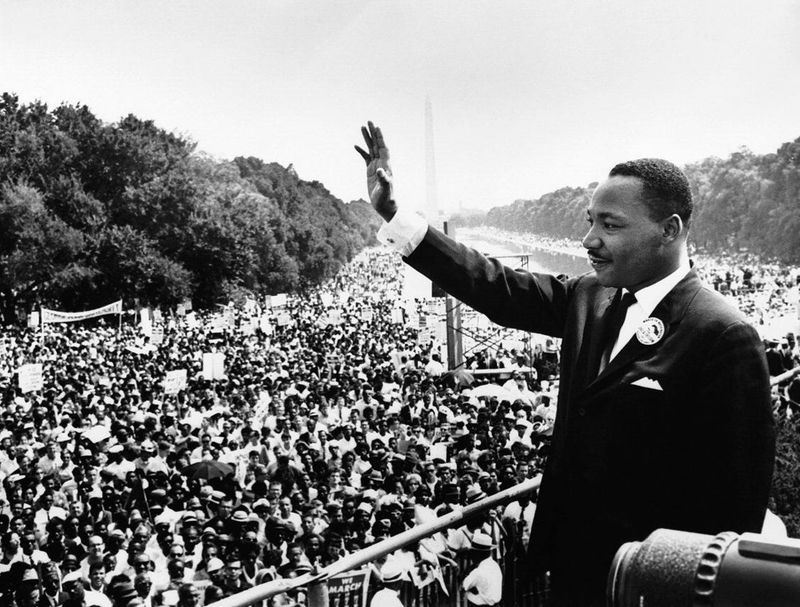
The deaths of John F. Kennedy, Martin Luther King Jr., and Robert Kennedy left America reeling.
These tragic moments changed the course of history and fueled political and social unrest. The nation was plunged into mourning, grappling with the loss of leaders who represented hope and progress. In the wake of these assassinations, calls for change grew louder, underscoring the tumultuous nature of the decade.
These events served as powerful reminders of the fragility of political stability and the enduring quest for justice.
13. The Evolution of Fashion
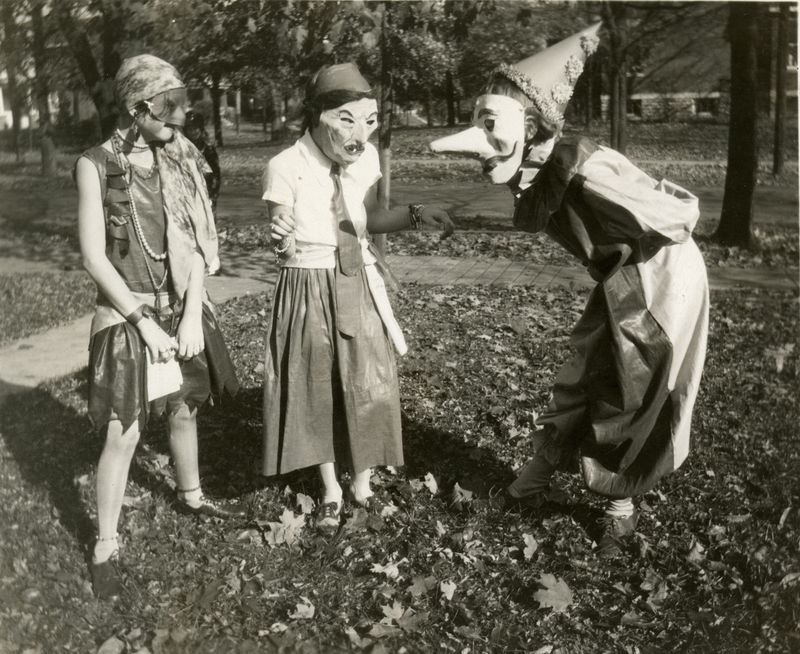
The shift from conservative ’50s fashion to bold, expressive ’60s styles was revolutionary.
Mini skirts, go-go boots, bell-bottoms, and psychedelic prints symbolized a new era of self-expression. This fashion revolution was about more than just clothes; it was a statement, a declaration of individuality and freedom. As hemlines rose, so did the spirit of experimentation and rebellion.
The eclectic styles of the ’60s continue to influence fashion today, proving that sometimes, more is more when it comes to personal style.
14. The Expansion of Suburbia

Post-war prosperity led to a suburban boom. Families moved out of crowded cities and into sprawling suburban neighborhoods, complete with two-car garages, shopping malls, and cul-de-sacs.
This shift represented the American dream—home ownership, community, and a slice of tranquility. Suburbia became a symbol of stability and growth, offering a new way of life that balanced modern conveniences with traditional values.
The suburban landscape of the ’60s laid the groundwork for future development, reflecting the changing aspirations of a growing nation.
15. The Birth of Modern Comedy and Satire
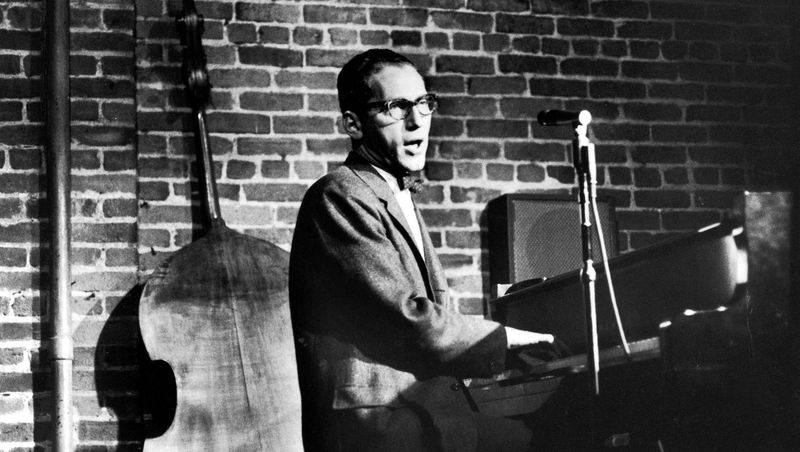
Shows like Rowan & Martin’s Laugh-In and comedians like George Carlin and Richard Pryor redefined comedy, using satire to challenge politics, race, and social norms in ways that were previously off-limits.
Comedy became a tool for social commentary, breaking down barriers through laughter. This new brand of humor was bold, unapologetic, and insightful, resonating with audiences who craved authenticity and reflection.
The legacy of ’60s comedy endures, continuing to shape how we use humor to confront and question societal norms.
16. The Start of Gay Rights Activism
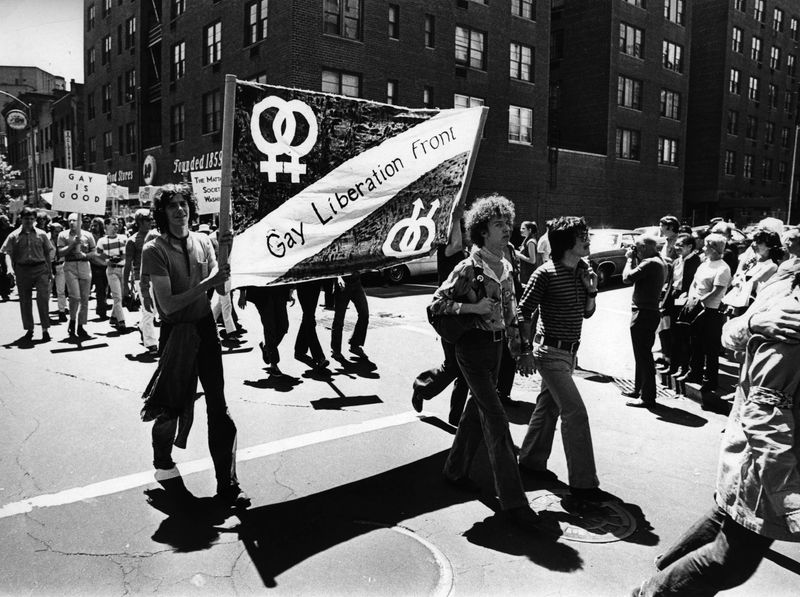
While it wouldn’t fully take off until the ’70s, the 1969 Stonewall Riots in New York marked the beginning of the modern LGBTQ+ rights movement, setting the stage for future activism.
This pivotal event was a loud and proud declaration of resilience and resistance. It galvanized a community that had long been marginalized, igniting a fight for equality and acceptance.
The spirit of Stonewall continues to inspire the ongoing battle for LGBTQ+ rights, reminding us that love is love, and justice knows no bounds.
17. The Influence of Black Power
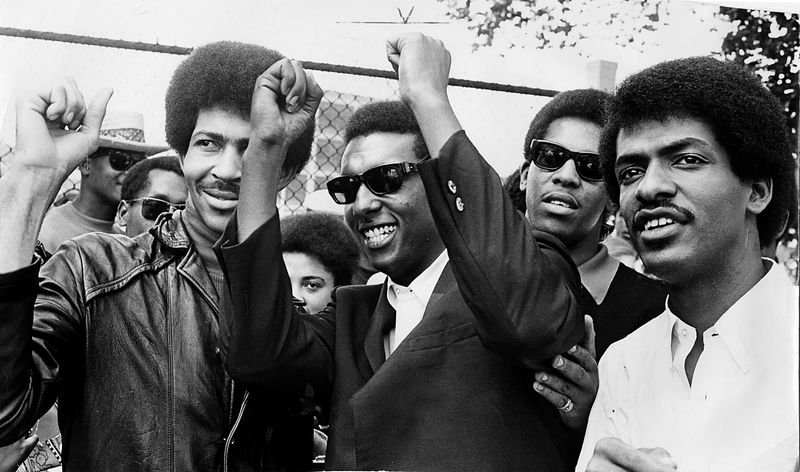
While the Civil Rights Movement pushed for legal equality, the Black Power movement, led by figures like Malcolm X and the Black Panthers, emphasized pride, self-sufficiency, and direct action.
It was about more than just rights; it was a celebration of identity and strength. This movement encouraged African Americans to embrace their heritage and demand respect.
The impact of Black Power is still felt today, as it laid the groundwork for future generations to continue the fight for equality, justice, and empowerment.
18. The Woodstock Generation
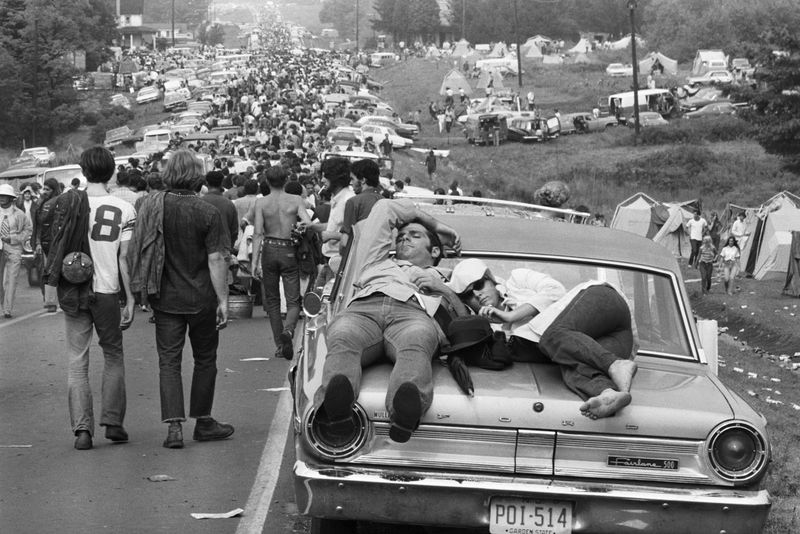
Woodstock in 1969 was more than just a music festival.
It was a cultural moment that defined a generation—peace, music, and the counterculture all coming together in one muddy, unforgettable weekend. Over half a million people gathered to celebrate love, unity, and music, creating a temporary utopia.
Woodstock’s legacy is a testament to the enduring power of music and community to bring people together. The spirit of Woodstock lives on, inspiring new generations to seek peace and harmony through collective experiences.
